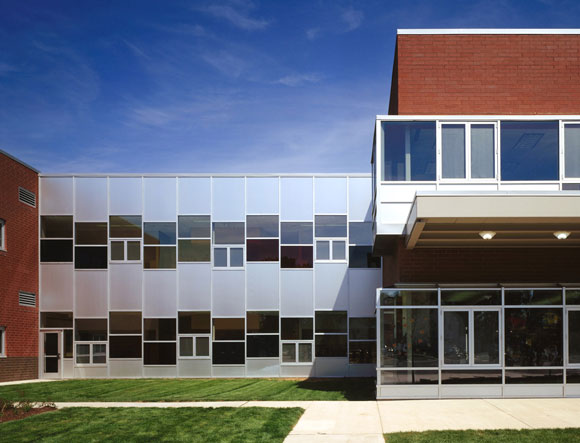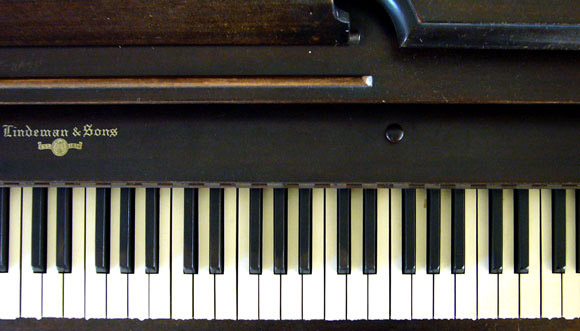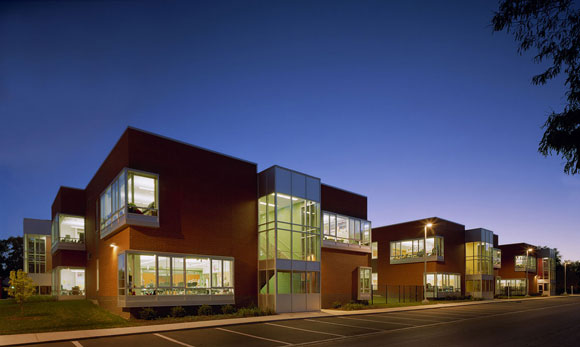#118: THE GIFTERS PODCAST, PART 1 OF 2: ARTS, ARCHITECTURE, AND AUDIENCE
Jurupa K-8 School, Jurupa Unified School District, Riverside, California, by Anthony Poon (w/ A4E)
I am pleased to be a guest on Christopher Kai’s podcast, The Gifters: Your Story is a Gift to the World (episode 209). As a global speaker, author, and executive coach, Mr. Kai speaks to Fortune 100 companies, from Google to New York Life, from American Express to Merrill Lynch. His podcast “shares inspiring stories from captivating entrepreneurs and extraordinary individuals who are changing the world.” Excerpts below.

Christopher Kai: Our guest today is Anthony Poon. He’s an architect and musician and author and an artist. Anthony, thanks so much for being here, where your story is a gift to the world. I’ve met a lot of people in my life, but I’ve never met a guy who’s a musician, author, artist, and architect. How do you have all these really cool interests? What started it all? How old were you when you had an inkling of some of your talents?
Anthony Poon: It started with music. In my mind, all of these four things are connected. My goal at an early age was to be a concert pianist. I trained and I practiced. As I got older, I started to think more practically about a career, and I’ve always enjoyed design and architecture.
There was a point of my life where I had to pick one path or the other. I was looking at two grad school applications, Juilliard for music vs. Harvard for architecture. I think the practicality of my Asian parents had me think, well, I better be an architect, because the odds are better for me to support myself, than being a classical pianist.
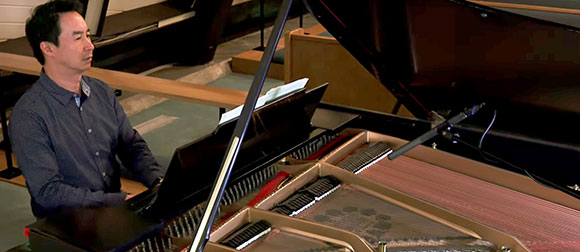
I chose architecture. The great thing is that running a design company and being an entrepreneur still gives me the freedom to play piano, to write music, to teach, and even perform a little. I don’t think it would have worked the other way around where I am a concert pianist and trying to operate an architecture office.
The overlap in all of it is that my work requires an audience, whether I’m playing music for myself, for a small group, or for a large venue. Architecture too requires an audience. It requires visitors and users. When I author a book, I’m counting on there being a reader. When I do my mixed-media art, it also requires an audience. They are all forms of communication for me to share stories with others.
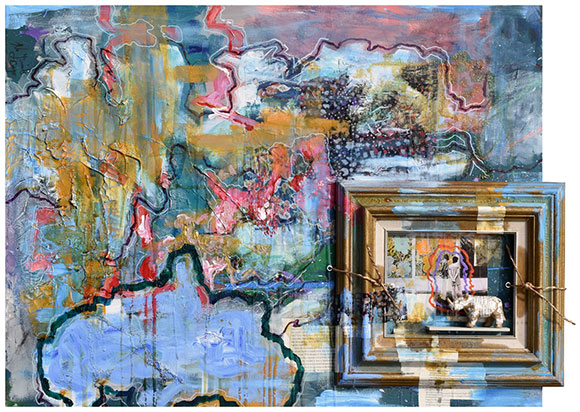
Christopher: That’s inspiring. My business is based in L.A., but right now I’m currently in Miami, and one of the most inspiring architects here is a woman named Zaha Hadid. For you, who inspires you as an architect, and what can we learn as entrepreneurs? Primarily our audience are entrepreneurs, but I’m all about how we can learn from different people and different professions. Who’s one architect that you admire, and what’s one thing that you feel that you’ve learned as an architect that you can perhaps share with our listeners?
Anthony: The architect that comes to mind is Peter Zumthor. He is a Swiss architect. He’s currently designing the new controversial Los Angeles County Museum of Art. I admire him because he has crafted his role as an artist within the profession of architecture. He stays focused on what his philosophy is, and chooses only a few special projects every couple of years to work on—and therefore giving the projects his most inspired ideas. So Peter Zumthor, for those who don’t know—his work is beautiful. It’s elemental, timeless, and shows a lot of ideas around minimalism, abstraction, and materiality.


Christopher: Do you feel some of your work is similar to that in terms of minimalistic and quality? What are some things that you’ve gleaned from him in your own practice as an architect?
Anthony: Our practice is a different. I think Zumthor can do what he does because he works in a small village in Switzerland. We work in the very vibrant communities of Southern California. Every project we take on is unique, and our project types are diverse. We do residential, commercial, retail, and restaurants. We also do schools and religious projects. Quite a broad mix. We think of all of our projects as telling a story, the story of the client, the client’s successes, maybe battle scars even, their vision for the company, or for an educational institution. This way our projects are full of content, material, and texture. Some make reference to history, some reference maybe a client’s most favorite piece of music or favorite poem. Our portfolio and the output is quite diverse, but intentionally so. (Stay tuned for part 2.)



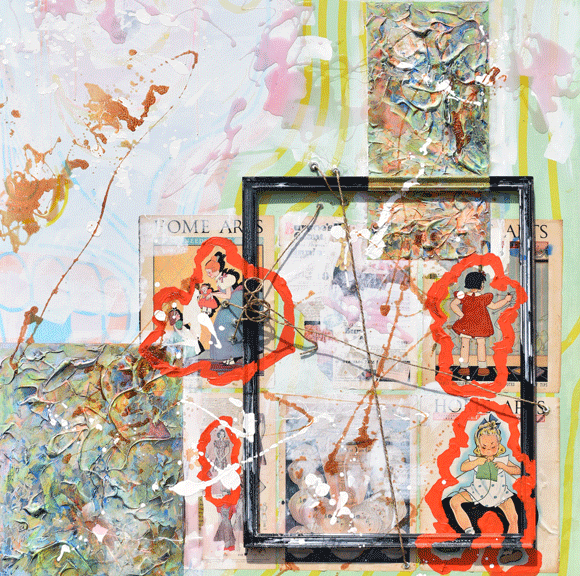
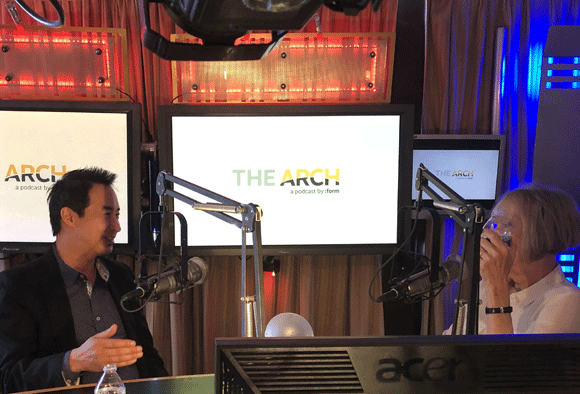
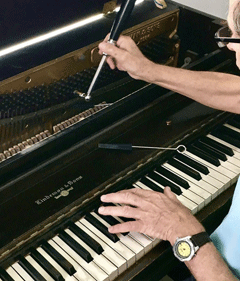

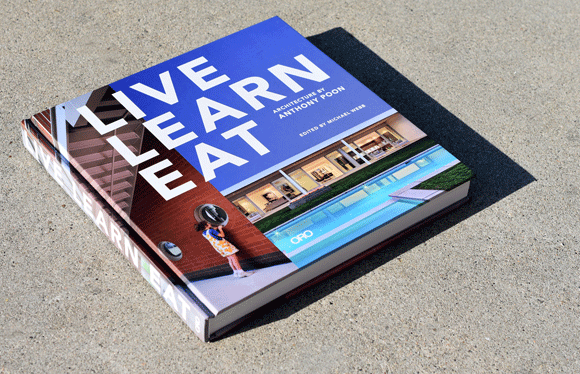
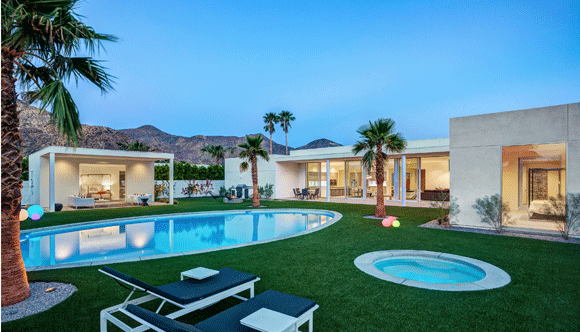
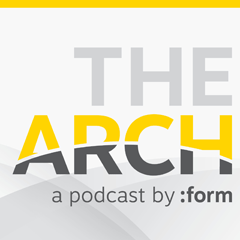 A manifesto is quite ambitious. I could also be accused of being naïve to think that I could write a manifesto, whether it’s a paragraph or 100 pages. I think I prefer the
A manifesto is quite ambitious. I could also be accused of being naïve to think that I could write a manifesto, whether it’s a paragraph or 100 pages. I think I prefer the 